Although it is easy to get swept up in the dark year that was 2020, one advantage of overwhelming darkness is it makes it easier to find the bright spots, the beacons of hope, the people working to make the world a better place. One of these bright spots was the launch of Wild Genomes, a new biobanking and genome sequencing program through Revive & Restore.
Back in 2018, the Catalyst Science Fund was established by Revive & Restore with a 3-year pledge from Promega for $1 million annually. The purpose of the fund is to help support proof-of-concept projects and to advance the development of new biotechnology tools to address some of the most challenging and urgent problems in conservation that currently lack viable solutions, including genetic bottlenecks, invasive species, climate change and wildlife diseases.
Through this fund, the Wild Genomes program was launched, with the goal of getting sequencing and biobanking tools into the hands of people working to protect biodiversity right now, and to help support them in applying genomic technologies towards their wildlife conservation efforts.
In their first request for proposals , the competitive Wild Genomes program received over 58 applications from researchers in 19 different countries, all of which aimed to address various species conservation issues using applied genomic technologies. The second round of projects, to be announced this Spring, will focus solely on marine species. Take a look at these first 11 amazing projects that have been awarded funding and the species conservation challenges they are taking on below:
Binturong
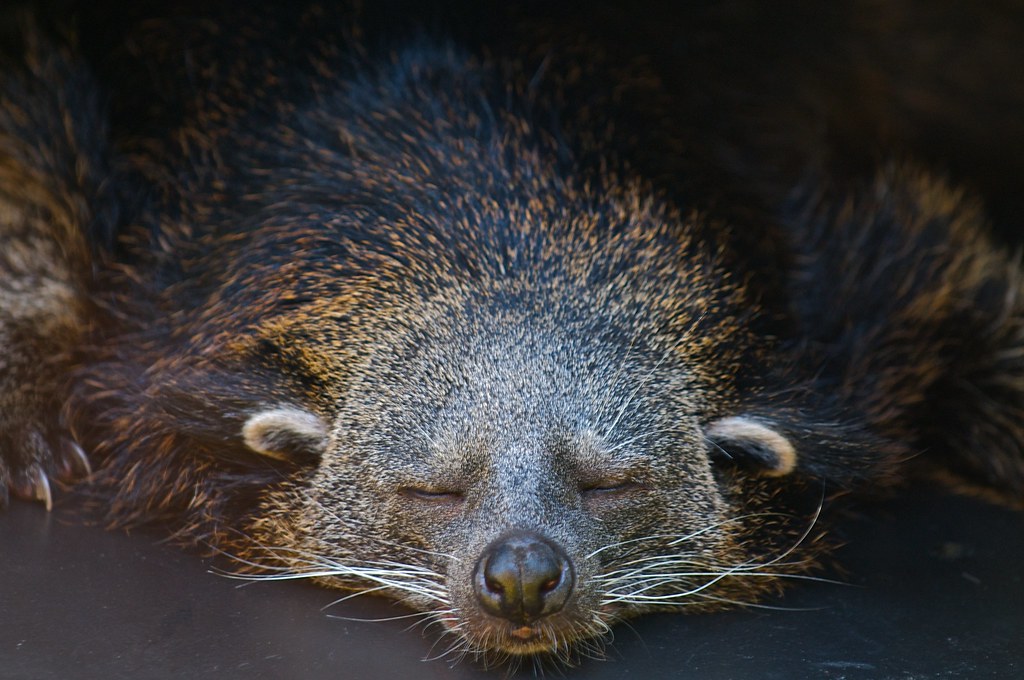
Four of the nine known subspecies of binturongs are endemic to different islands of Indonesia. This geographic isolation has led to binturongs developing without genetic mixing, so maintaining these subspecies is vital to the preservation of their genetic diversity. Binturongs continue to be illegally trafficked, despite their protected status, and returning rescued binturongs to their correct geographic origin is a difficult task. The objective of this project is to generate genetic markers that can be used to identify the island of origin of individuals, which can later on be used as a tool to further improve other binturong conservation activities, like rehabilitation, captive breeding and reintroduction.
Chinook Salmon
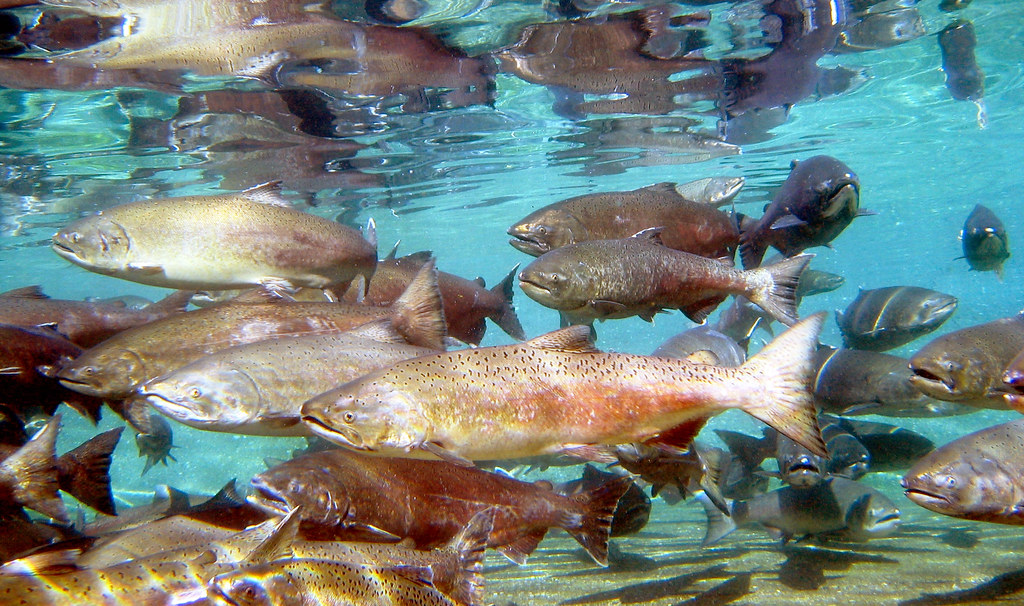
This project plans to generate a whole genome catalog of genomic diversity in Chinook salmon, a keystone species of the Pacific Northwest that has experienced dramatic declines in both adaptive diversity and abundance due to human activity. Establishment of this catalog will aid development of diagnostic assays for adaptive variation, which can then be applied to address a variety of conservation issues, such as informing conservation hatchery breeding programs and restoring extirpated populations to their historical habitats.
Eastern Long-Toed Salamander
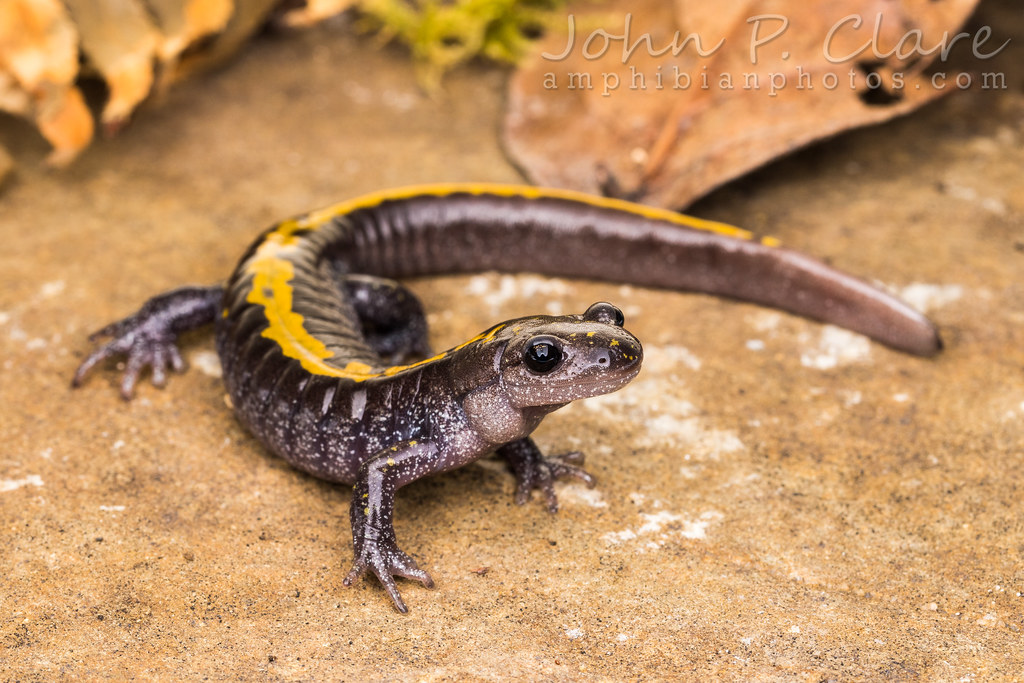
Historical fish stocking programs have extirpated the eastern long-toed salamander from much of its natural habitats, so they now exist predominantly on the edge of their range in Alberta, Canada as an International Union for Conservation of Nature (IUCN) species of Special Concern. This project aims to collect population genomics data to inform source populations for site reintroductions of the species. They also hope to evaluate the effectiveness of under-road tunnels that were installed with the intent to reduce salamander mortality rates and determine where additional crossings may be beneficial.
Eastern Quoll
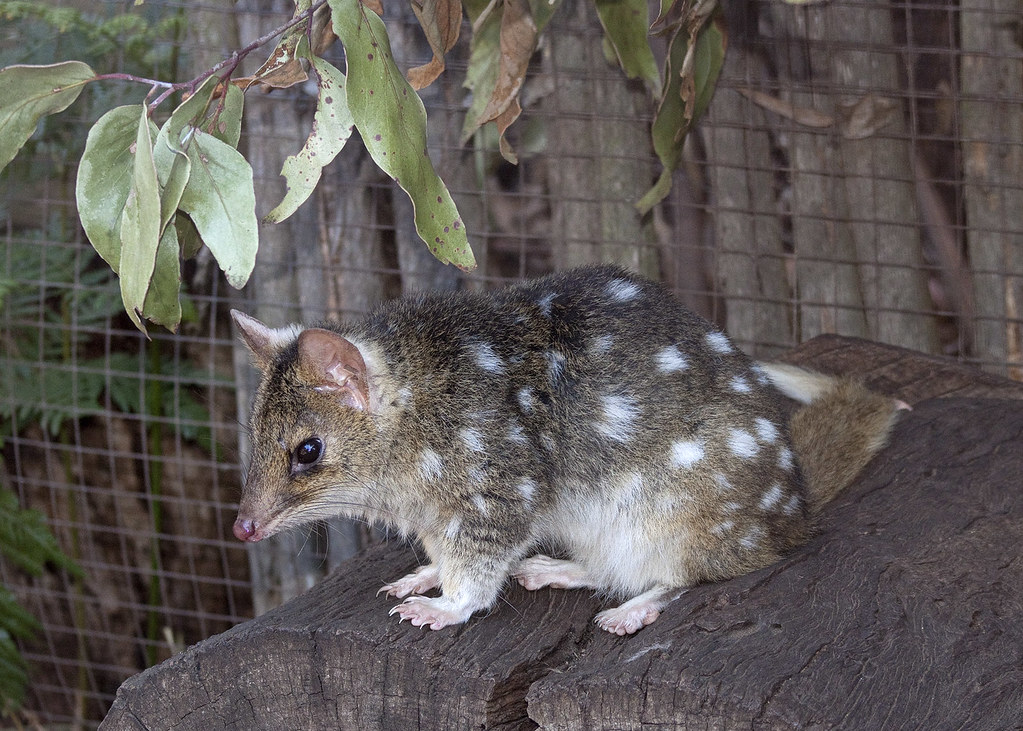
The purpose of this Wild Genomes project is to produce a high-quality reference genome for the endangered Eastern quoll and perform exome capture of individuals from several captive-breeding sanctuaries, wild Tasmanian populations, and museum specimens from historical mainland populations. This information can aid conservation managers in translocation efforts and re-establishing baseline diversity of the species in mainland Australia and also assist with maintaining functional population diversity going forward. It may also help inform the genetic management of the population in the face of future climate change.
Jaguar
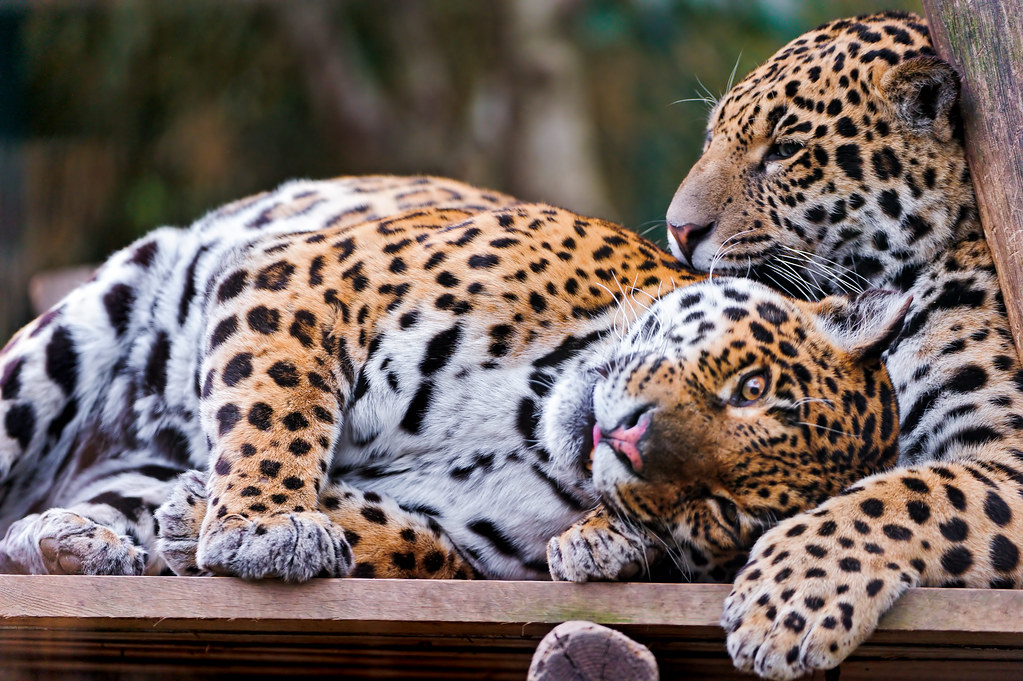
Listed by the IUCN as a near threatened species, the main threats to this keystone species are human-wildlife conflict, habitat fragmentation and illegal trafficking of their distinctive skull, claws and skins. This project plans to address the urgent need for jaguar genetic data to support the species’ conservation action plan in Bolivia. Researchers aim to sequence 40 jaguar genomes to further investigate gene flow, genetic diversity and population structure, which will help pinpoint specific conservation actions that are needed, such as genetic rescue.
Joshua Trees

The Joshua tree is expected to undergo dramatic reductions to suitable habitat due to the anticipated climate changes. As the trees already thrive in a wide range of extreme climate conditions, this project aims to uncover the genes related to their extremophile evolution through whole-exome sequencing of 300 Joshua tree specimens from varying climatic and phenotypic diversity, species density, and areas of particular conservation concern. The results of this sequencing can then be used to map genetic variants for climate adaptation and aid in predicting which existing Joshua tree populations may be most susceptible to climate change. This genomic dataset may provide a future model for genetically-informed desert conservation.
Six Whales

This project aims to determine biologically-relevant information for six different whale species, including the gray whale (IUCN Endangered), false killer whale (IUCN Near Threatened), Blainville’s beaked whale (IUCN data deficient), the North Atlantic right whale (IUCN and ESA Endangered), and the Pygmy sperm whale (IUCN Least Concern). These six species represent evolutionary diversity across the phylogeny of the Cetacean order (aquatic mammals), and obtaining reference genomes for each will assist researchers in determining genome organization and genes, demographic history, taxonomy and inbreeding. This would also provide genomic resources for additional population-level studies and help uncover more information around local adaptation, epigenetic determination of stress, age and immune response, breeding structure, and potential climate change response.
Sun Bear
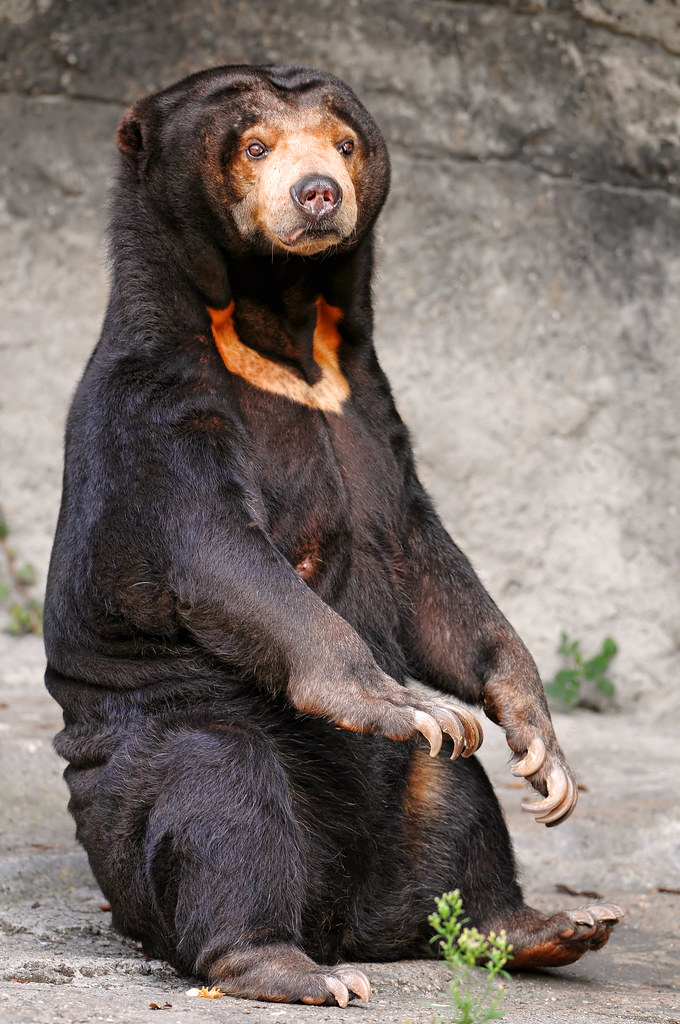
Due to their elusiveness and rarity, data regarding the population size, dynamics, and distribution of the sun bear is tricky to obtain. Thus, in spite of serious conservation concerns and its IUCN vulnerable status, the population genetic structure of the sun bear is unknown, and genetic monitoring of the species is practically non-existent. In this project, the plan is to establish a reference genome to support research regarding the reproductive health of individual sun bears being used in ex-situ breeding-and-release programs and to develop molecular tools that can identify and genetically monitor at-risk sun bear populations.
Sunflower Sea Star
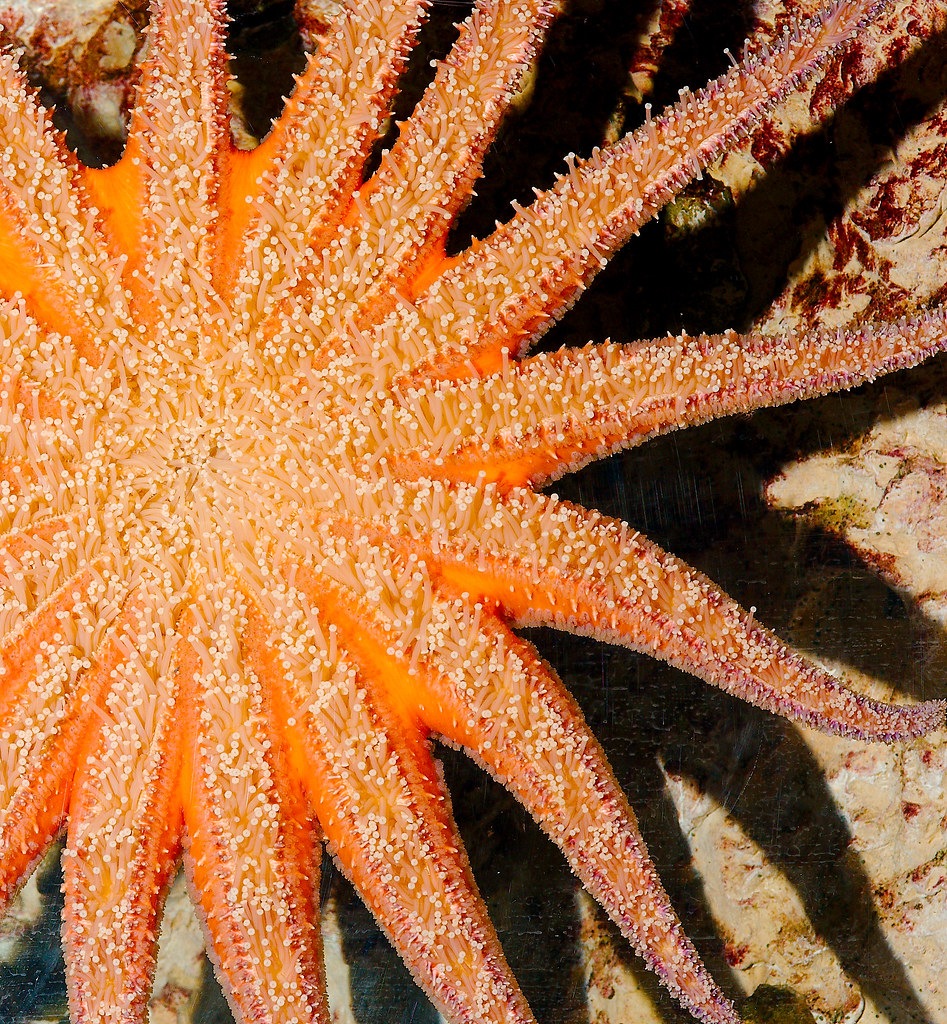
In this project, researchers plan to uncover genomic variation in the critically-endangered sunflower sea star that confer resilience to stressors like sea star wasting disease (SSWD), a severe outbreak of which impacted over 20 species of sea stars along the North American Pacific Coast in 2013 and has shown no signs of rebound since. Observing the patterns of genomic diversity of the sea star populations that remain will help inform and shape a captive breeding program that will help bolster genomic resilience in successive populations.
Takahē
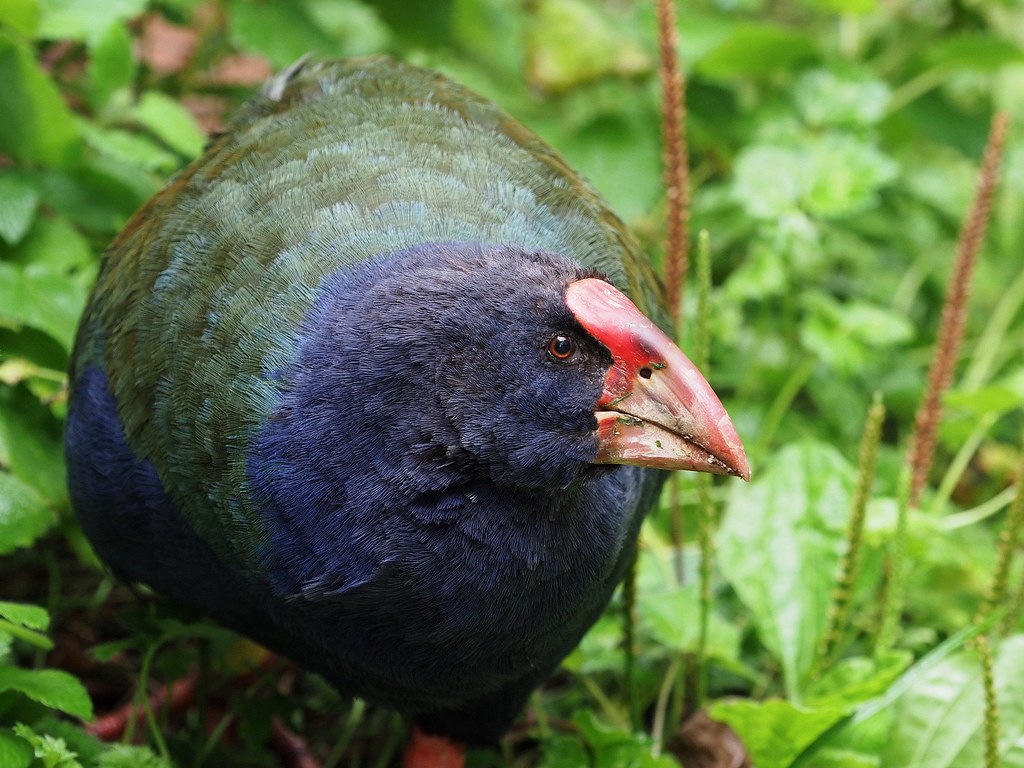
This project aims to establish a platinum quality reference genome of the takahē, the world’s largest and rarest flightless rail. The resulting genomic sequencing data in addition to pedigree analysis will help researchers uncover the genetic variation of the remaining population, and will help them further understand the factors that affect the persistence, fitness, and adaptive potential of the highly-endangered takahē. These data in turn will continue to inform and empower the efforts of the Takahē Recovery Programme.
Xerces Blue Butterfly
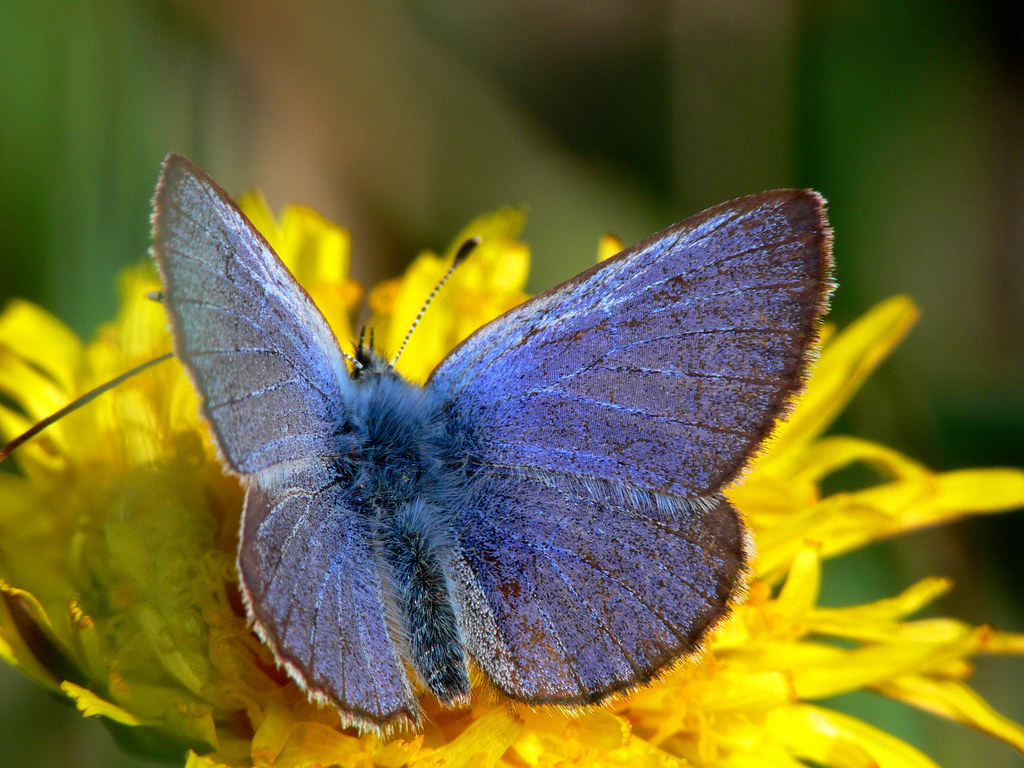
In this project, researchers hope to identify a suitable ecological replacement for the Xerces Blue butterfly, one of the first documented invertebrates driven to extinction by human-caused habitat destruction. To accomplish this, the team plans to extract DNA from and sequence the genomes of 80-to-100-year-old museum specimens of the extinct Xerces Blue butterfly and from specimens of its close living relative, the Silvery Blue butterfly. They intend to sequence Silvery Blue and host plant specimens from populations that both are and are not geographically and ecologically close to that of the Xerces Blue, in order to gauge which existing Silvery Blue population(s) may be most suitable for reintroduction.
Did all these amazing projects in the Wild Genomes program pique your interest in other Revive and Restore projects? Check out these blogs:
Here Comes the Sun: How to Protect Yourself and the Coral Reefs
Galloping to Greatness: Meet Kurt the First Cloned Przewalski’s Horse
Working in the Lab to Save Animals in the Wild
Anti-Cancer Drugs are Pro-Coral
It’s a Girl! Welcoming Black-Footed Ferret Kit Elizabeth Ann

One thoughtful comment